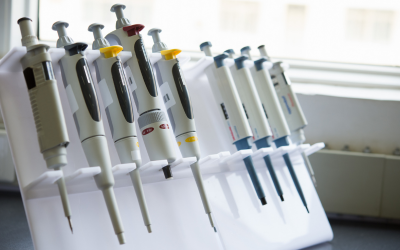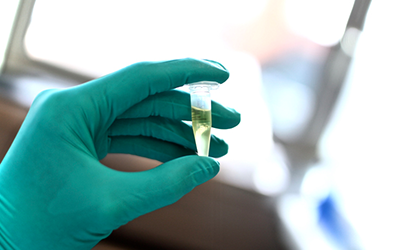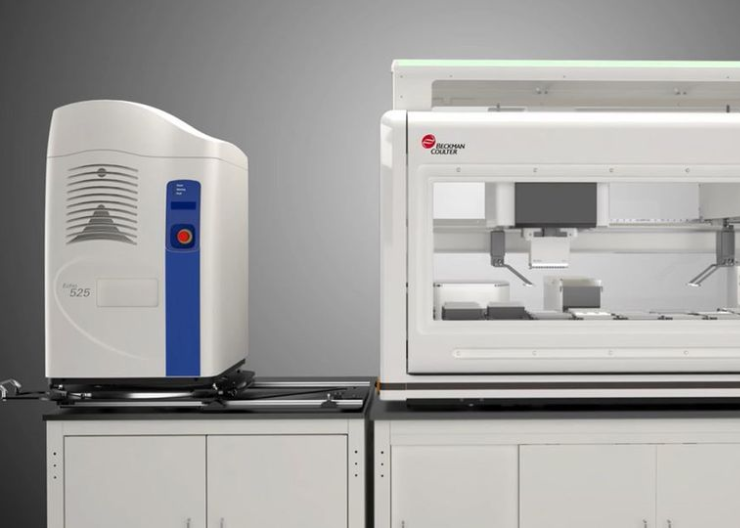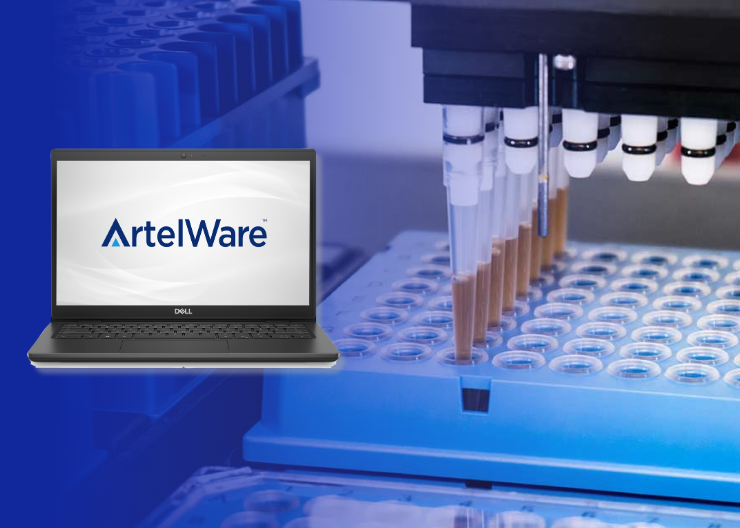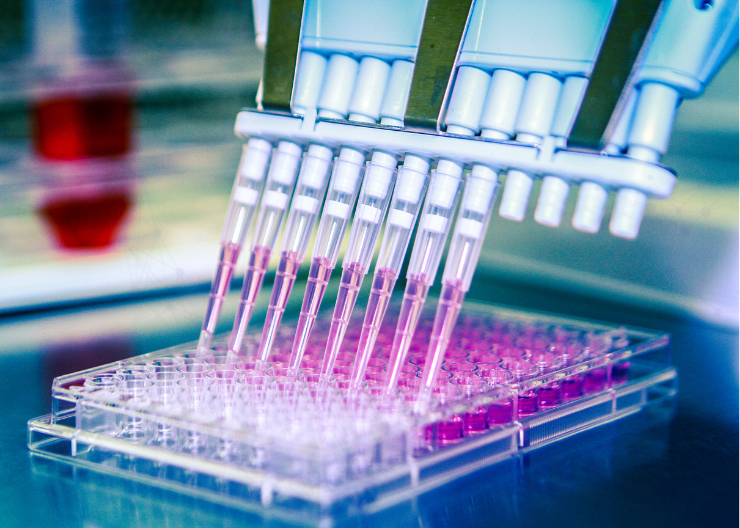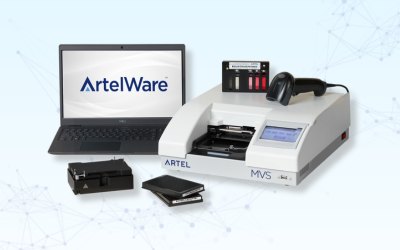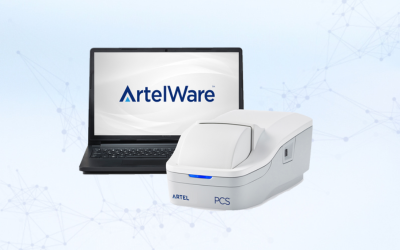Questions with Specific Troubleshooting Techniques to Control Liquid Handler Variability
Looking for troubleshooting techniques to get the best performance from your automated liquid handlers? There are a lot of factors to consider when you observe unexpected results from an assay, encounter an error in liquid handling or when you are simply trying to dial in the performance of your automation.
The first blog in this series (Your liquid handling robot is broken. Or is it?), touched on topics such as the fit between liquid type or volume and pipetting technology, liquid handler settings, and labware quality. This installment includes a list of questions with specific troubleshooting techniques you can use to control liquid handler variability and improve liquid delivery consistency:
1. Is the pattern, or “bad data”, repeatable?
When a pattern or trend in results is observable within a plate or run, repeating the test to ensure that the error was not random will help you determine the level of mitigation required. An isolated error may not require any troubleshooting. It may also be appropriate to increase the frequency of testing for a period after the observed error to catch any recurrence.
2. When was the liquid handler last maintained and/or serviced?
A preventive maintenance visit may point out sources of error – especially for instruments that have been sedentary for some time. If it has been a while since your last service visit, consider scheduling a session with the manufacturer.
3. What type of liquid handler is it?
- Air displacement: Errors with air displacement liquid handlers may be caused by insufficient pressure or leaks in the lines.
- Positive displacement Troubleshooting steps for positive displacement instruments should include the following:
- Check that tubing is clean and clear
- Ensure there are no bubbles in the line
- Flush the lines sufficiently
- Check for leaks
- Ensure tubes are not too long or too short
- Check tightness of connections
- Check for kinks in tubing
- Check the temperature of liquid – it can affect the flow rate
- Check to see if system (working) liquid is mixing with the sample liquid
- Acoustic: Best practices for dispensing techniques with acoustic liquid handlers include:
- Ensuring the contents of the plate have reached thermal equilibrium with the environment
- Centrifugation of the source plate prior to use
- Optimization of calibration curves based on actual deviation from the expected volume
4. What is the best dispense method?
- Wet dispense vs. dry dispense: While some processes will dictate which method must be used, often wet dispensing can improve accuracy and repeatability because the solution is pulled away from the tip when it contacts solution in the well, thereby minimizing any carry over or residual solution in the tip.
- Single vs. multi dispenseCarryover can be reduced and consistency improved by wasting the first rep of a multi dispense method.
Solutions to common liquid handling errors
Characterizing the source of the liquid handling errors can help you determine how to correct them. The following table describes some of the best practices that we often recommend:
| Observed Error |
Possible Source of Error |
Possible Solutions |
| Dripping tip or drop hanging from tip |
Difference in vapor pressure of sample vs water used for adjustment |
– Sufficiently prewet tips
– Add air gap after aspirate |
| Droplets or trailing liquid during delivery |
Viscosity and other liquid characteristics different than water |
-Adjust aspirate/dispense speed
-Add air gaps/blow outs |
| Dripping tip, incorrect aspirated volume |
Leaky piston/cylinder |
Regularly maintain system pumps and fluid lines |
| Diluted liquid with each successive transfer |
System liquid is in contact with sample |
Adjust leading air gap |
| First/last dispense volume difference |
Due to sequential dispense |
Dispense first/last quantity into reservoir/waste |
| Serial dilution volumes varying from expected (theoretical) concentration |
Insufficient mixing |
Measure liquid mixing efficiency |
Liquid Handler service contracts are both necessary and useful, and can’t be overlooked. However, when faced with the downtime associated with a service call, the recommendations noted above may help save you time and, ultimately, money. Additionally, consider implementing these best practices before a failure is observed, to make sure you are getting the most out of your liquid handlers with every use.


